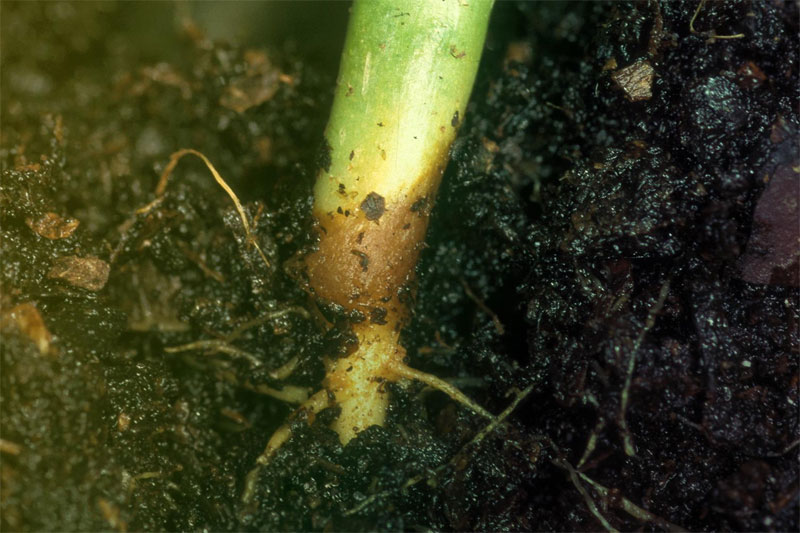Category: D
-

Disbud
To remove some flowerbuds to improve the size or quality of those remaining.
-
Deadhead
To remove spent flowers to maintain a neat appearance and encourage a longer blooming period. To remove dead flowers, with the twofold aim of tidying up the plant and preventing it wasting energy in unwanted seed. In some plants it may also help prevent diseases, such as petal blight of azaleas.
-

Damping off
Fungal disease causing seedlings to rot at soil level and topple over. The withering and demise of nascent plants due to the emergence of a stem wound at the level of the soil, which leads to their eventual collapse. This term appears to originate from cultivators, likely stemming from the humid and congested conditions experienced…
-
Dystrophia
The wasting of an organ, muscle or tissue due to lack of nutrients in that part of the body. A protein of skeletal and cardiac muscle; it attaches the thin filaments of the sarcomeres to the proteins of the sarcolemma. Production of dystrophin is impaired in Duchenne’s muscular dystrophy.
-
Dystaxia
An inability to coordinate the muscles.
-
Dyspraxia
Difficulty in carrying out coordinated movements. Decrease in proper function (as of an organ) or of ability to coordinate muscular actions. A disturbance in the programming, control, and execution of volitional movements. It cannot be explained by absence of comprehension, inadequate attention, or lack of cooperation; it is usually associated with a stroke, head injury,…
-
Dyspnoeic
Difficult or painful when breathing.
-
Dyspeptic
Referring to dyspepsia.
-
Dysmaturity
A condition affecting newborn babies, shown by wrinkled skin, long fingernails and toenails and relatively little body fat. A condition in which newborns weigh less than established normal parameters for the estimated gestational age.
-
Dyslipidaemia
An imbalance of lipids.